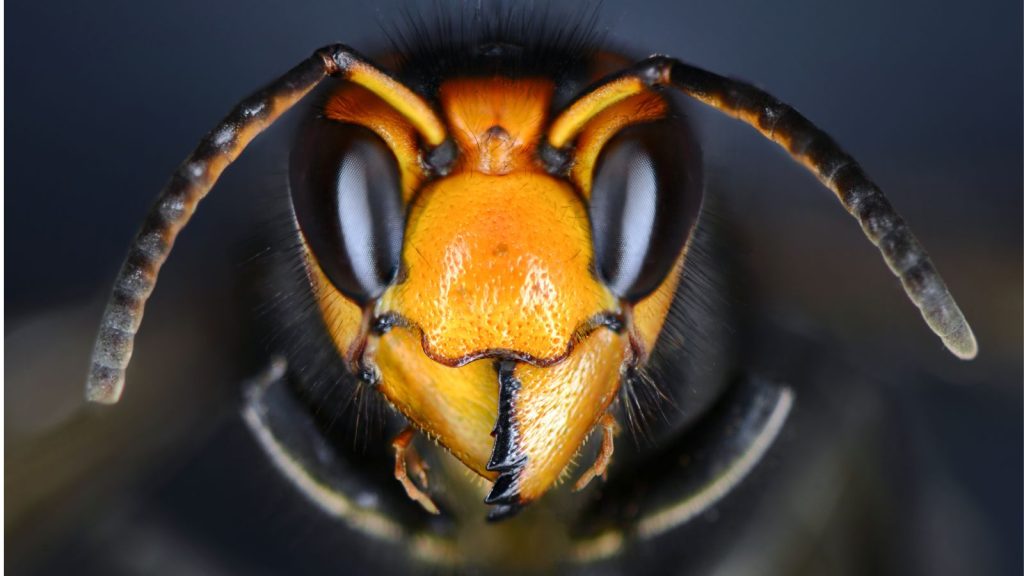Here in the UK, our wildlife, ecosystems, food chain, and gardens are under threat from invasive species. These unwelcome guests are species from other parts of the world that have found their way to Britain. They often have no natural predators here, so they spread quickly. This can spell disaster for our native species. The muntjac, for example, cause destruction and over-grazing on a huge scale in my local area. They also out-compete native deer species and prevent forest regeneration. But they’re by no means the only problematic introduced species here in the UK.
Grey Squirrel
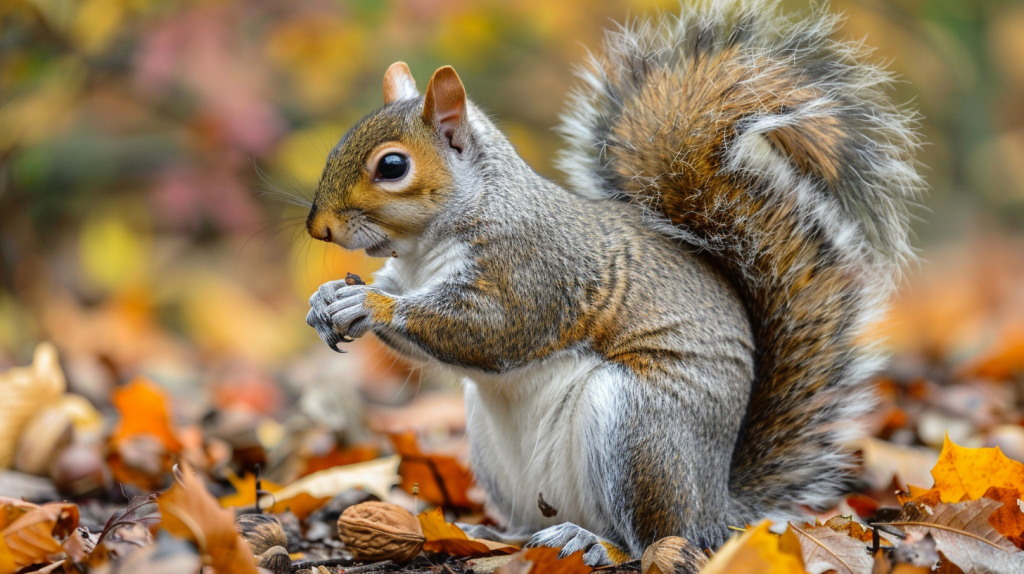
The grey squirrel, native to North America, was introduced to Britain in the 1800s. It outcompetes the native red squirrel for food and habitat. Grey squirrels also carry a virus that’s deadly to red squirrels but doesn’t harm them. As a result, red squirrel numbers have plummeted, and they’re now rare in much of England and Wales.
Japanese Knotweed
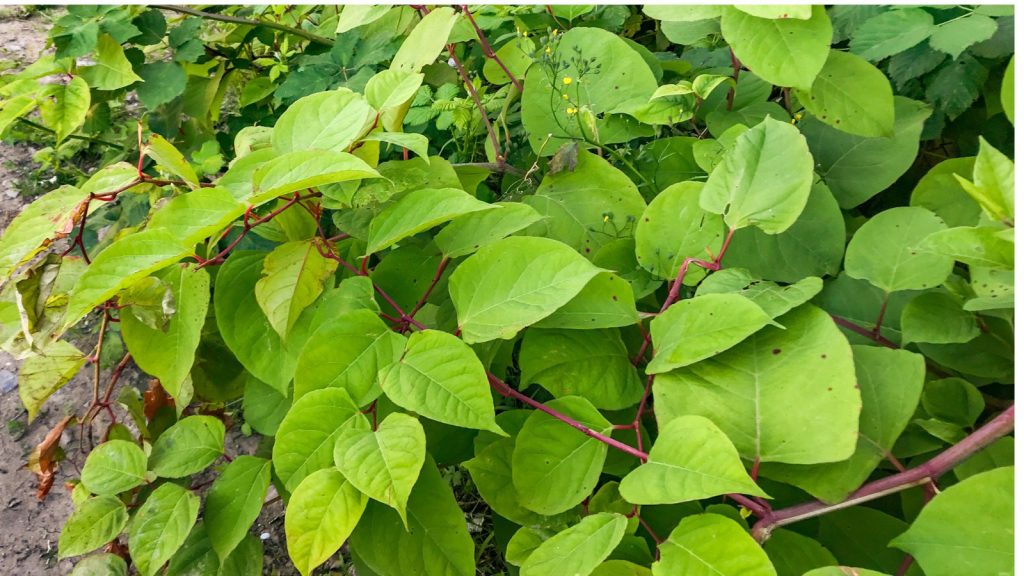
Japanese knotweed is a fast-growing plant that can cause serious damage to buildings and roads. It was brought to Britain as an ornamental plant in the 1800s. This plant can grow through concrete and tarmac, making it a nightmare for homeowners and builders. It’s also very hard to get rid of, often requiring years of treatment.
Signal Crayfish
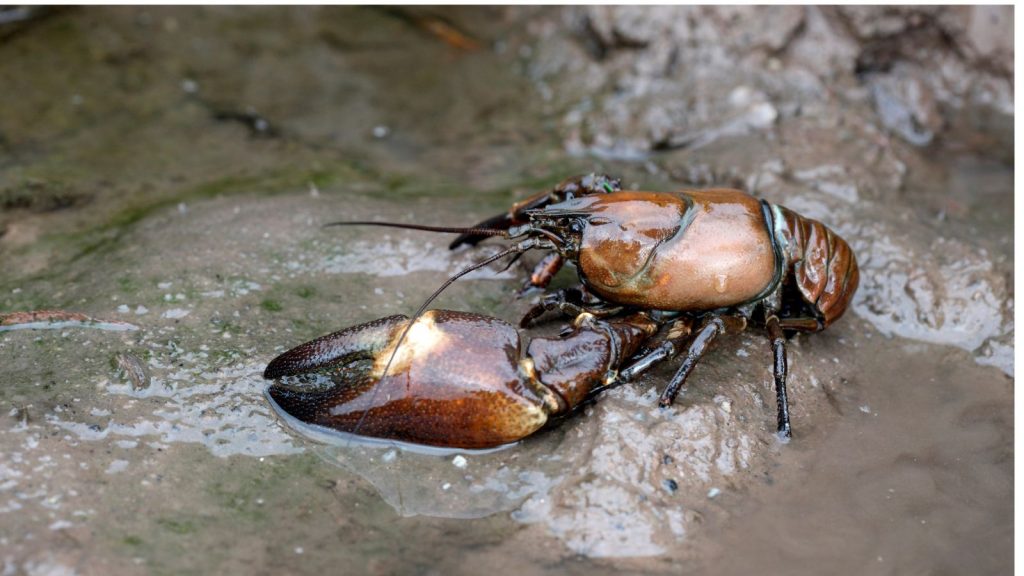
The signal crayfish comes from North America and was introduced to British waters in the 1970s. It’s much bigger and more aggressive than the native white-clawed crayfish. Signal crayfish eat the eggs and young of native fish species. They also carry a disease that kills the native crayfish but doesn’t affect them.
Harlequin Ladybird
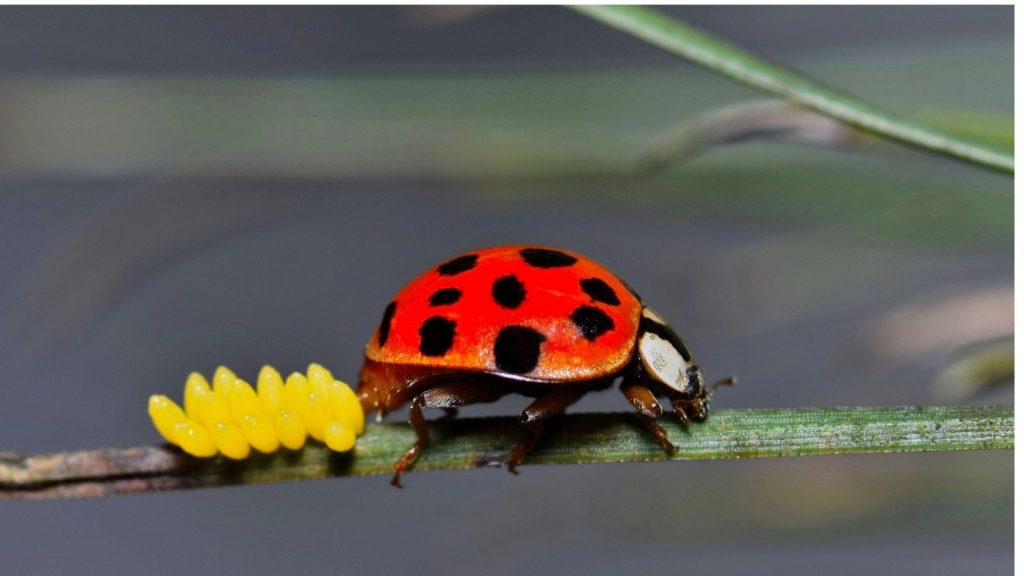
The harlequin ladybird was brought to Europe as a pest control agent. It arrived in Britain in 2004 and has spread rapidly. This ladybird eats the larvae of native ladybirds and other insects. It’s also a nuisance to humans, as large groups often enter houses in autumn to hibernate.
Rhododendron Ponticum
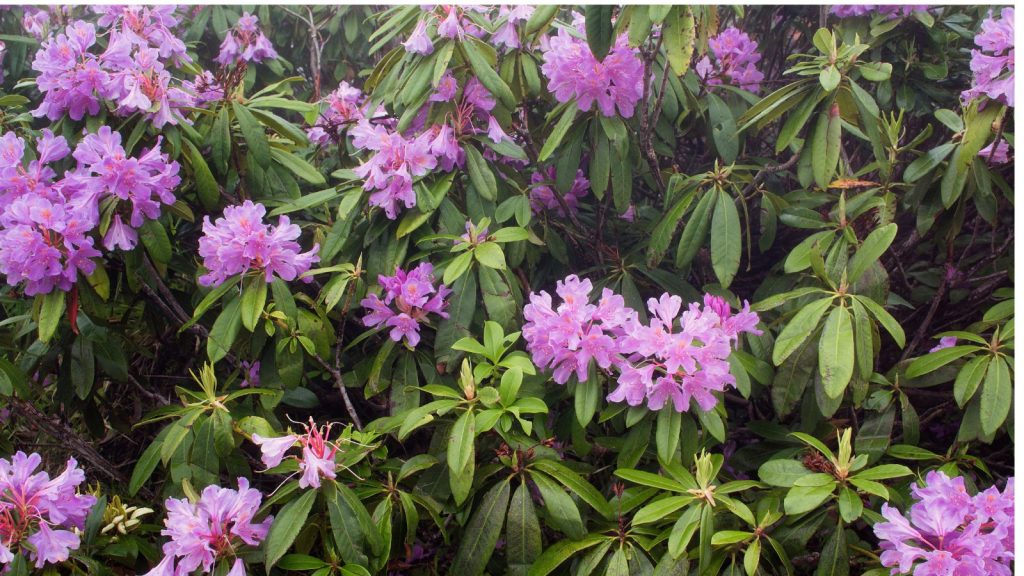
Rhododendron ponticum is a large evergreen shrub from southern Europe and southwest Asia. It was introduced to Britain in the 18th century as an ornamental plant. In the wild, it forms dense thickets that block out light and prevent other plants from growing. It also produces toxins that kill off competing vegetation.
American Mink
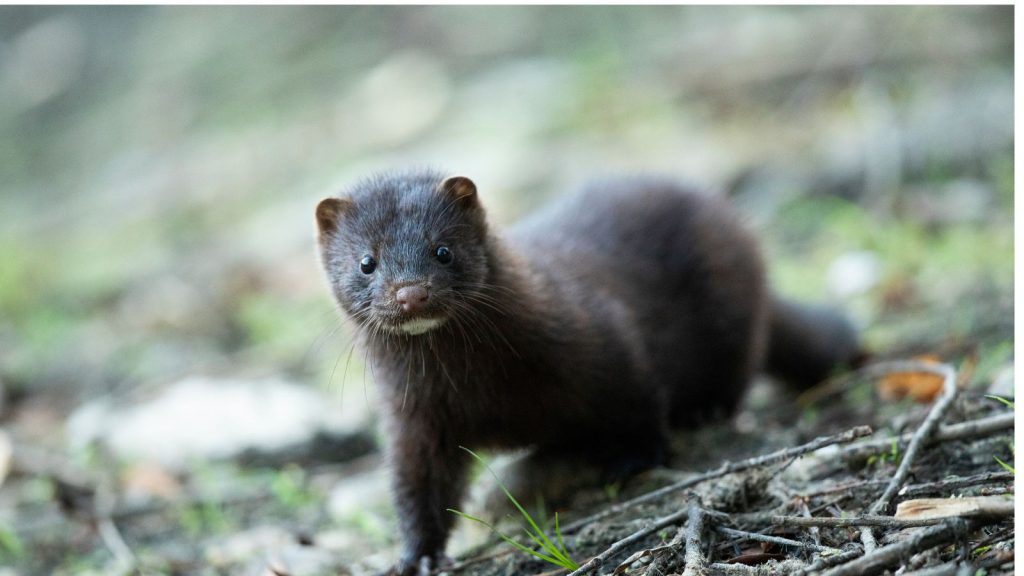
The American mink was brought to Britain for fur farming in the 1920s. Many escaped or were released, and now they’re found throughout the country. These fierce predators eat water voles, fish, and ground-nesting birds. They’ve contributed to a massive decline in water vole populations.
New Zealand Flatworm
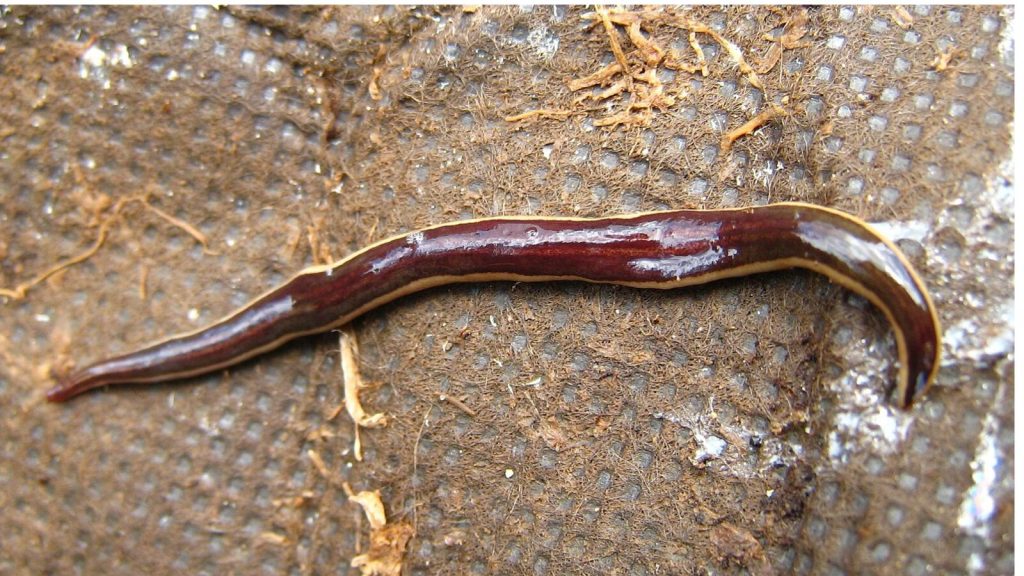
The New Zealand flatworm arrived in Britain in the 1960s, probably in imported plant pots. This flatworm eats earthworms, which are crucial for soil health. In areas where the flatworm is present, earthworm numbers have dropped dramatically. This affects soil quality and the animals that feed on earthworms.
Himalayan Balsam
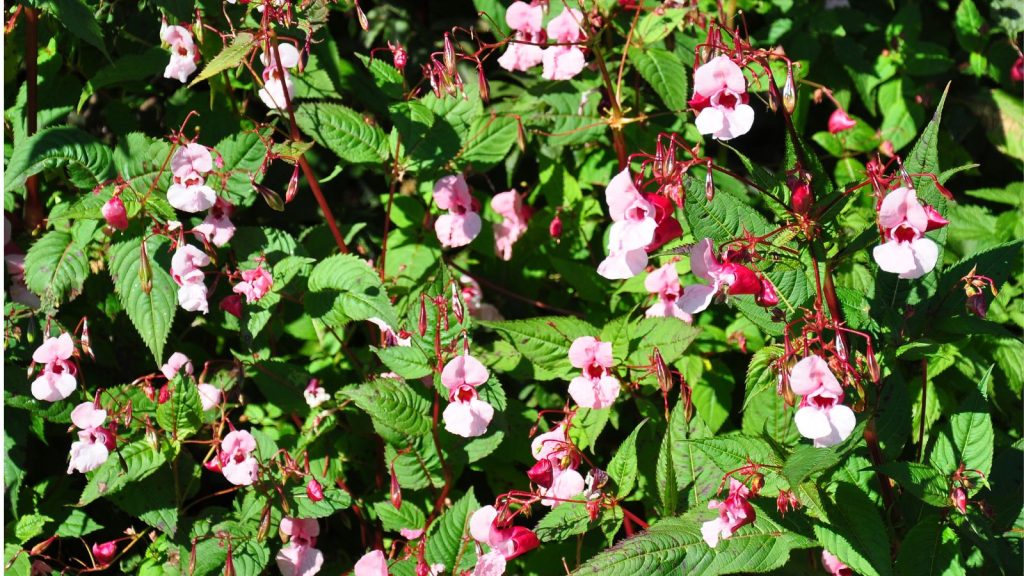
Himalayan balsam is a tall flowering plant native to the Himalayas. It was introduced to Britain in 1839 as a garden plant. It grows quickly and spreads easily, outcompeting native plants along riverbanks. When it dies back in winter, it leaves the banks bare and prone to erosion.
Chinese Mitten Crab
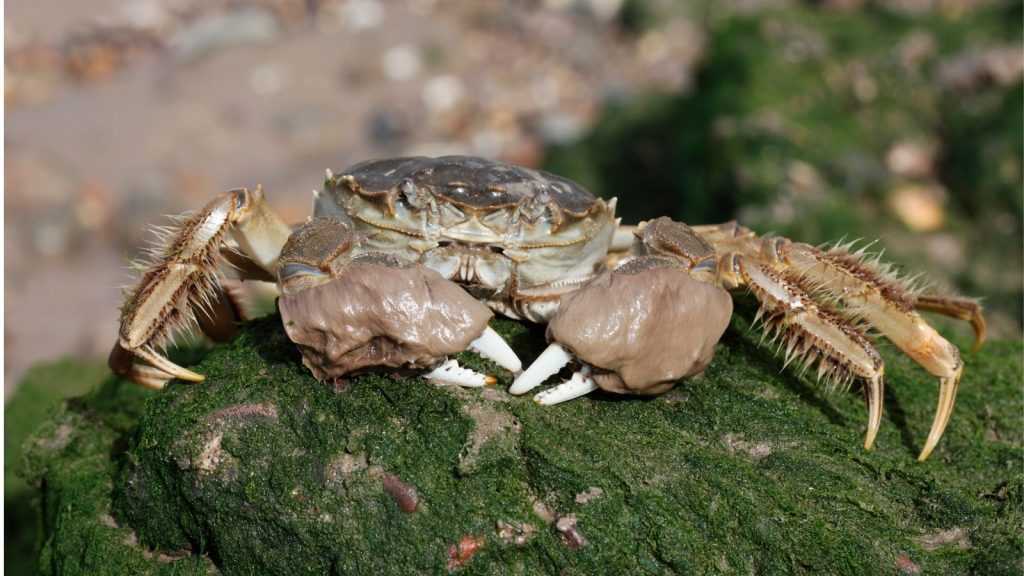
The Chinese mitten crab likely arrived in Britain in ship ballast water. It burrows into riverbanks, causing erosion and damage to flood defenses. These crabs also compete with native species for food and habitat. They can walk over land, allowing them to spread between waterways.
Muntjac Deer
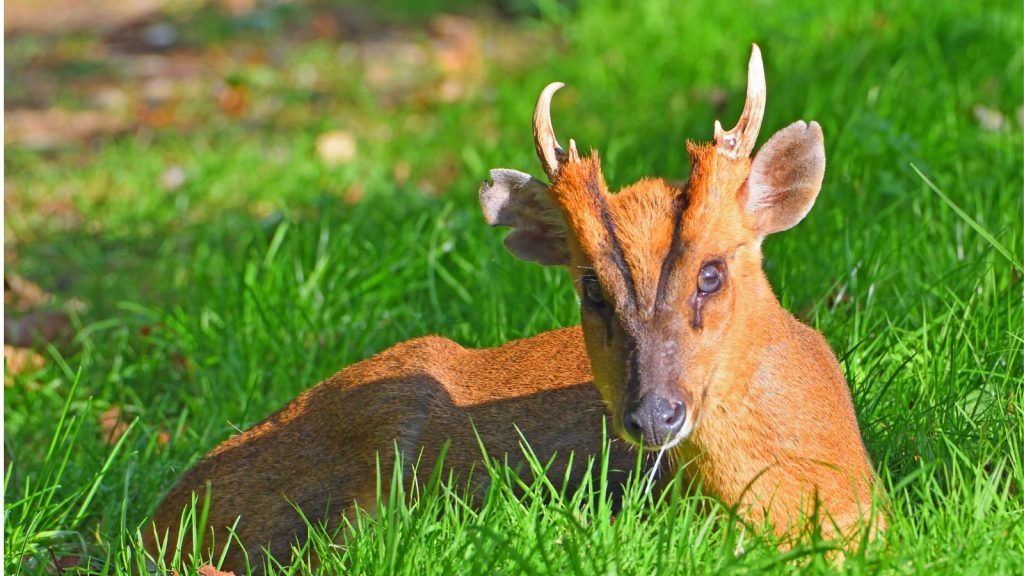
Muntjac deer were brought from China to Woburn Abbey in the early 20th century. Some escaped and have since spread across much of England and Wales. These small deer eat the shoots of young trees and shrubs, which can prevent woodland regeneration. They also compete with native deer for food.
Zebra Mussel
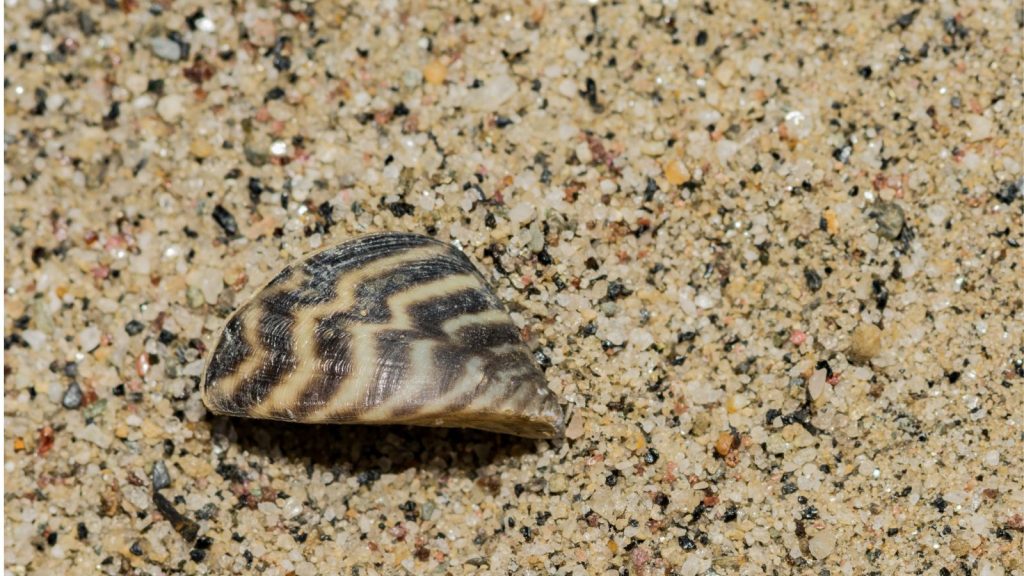
The zebra mussel came to Britain on the hulls of ships from the Black Sea. These tiny mussels multiply rapidly, clogging water pipes and boat engines. They also filter huge amounts of water, removing plankton that native species rely on for food. This can disrupt entire aquatic ecosystems.
Oak Processionary Moth
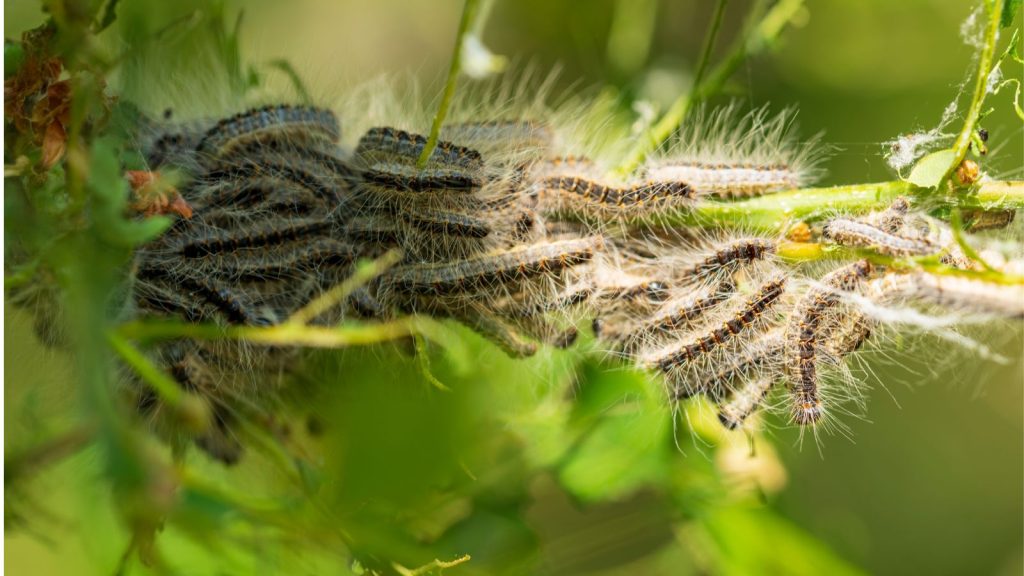
The oak processionary moth arrived in London on imported oak trees in 2005. The caterpillars of this moth strip oak trees of their leaves, weakening the trees. They also have tiny hairs that can cause skin rashes and breathing problems in humans and animals.
Australian Swamp Stonecrop
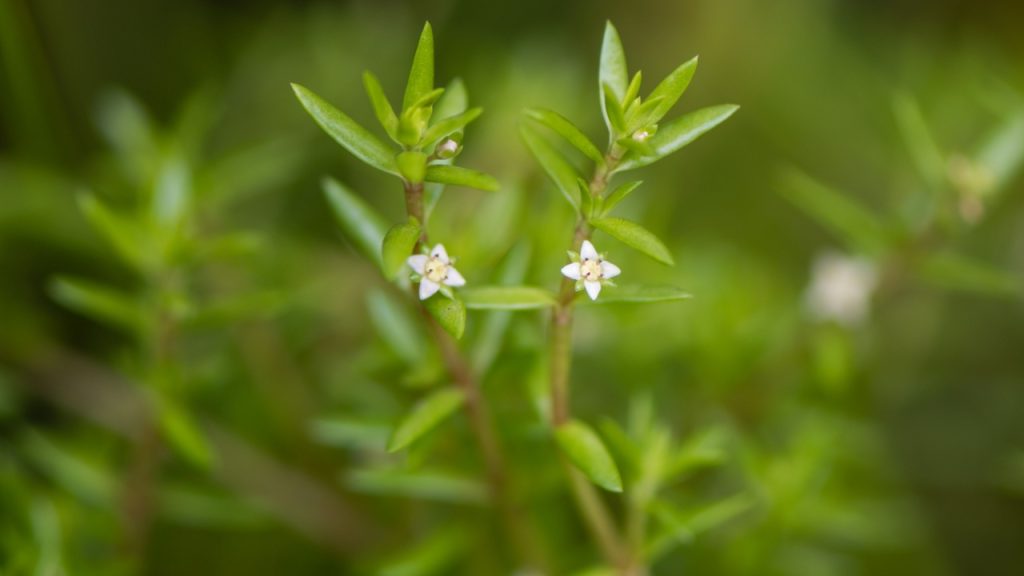
Australian swamp stonecrop, also known as New Zealand pigmyweed, was sold as an oxygenating plant for ponds. It grows very quickly, forming dense mats on the water’s surface. This blocks out light and oxygen, harming native aquatic plants and animals. It’s now banned from sale in the UK.
Killer Shrimp
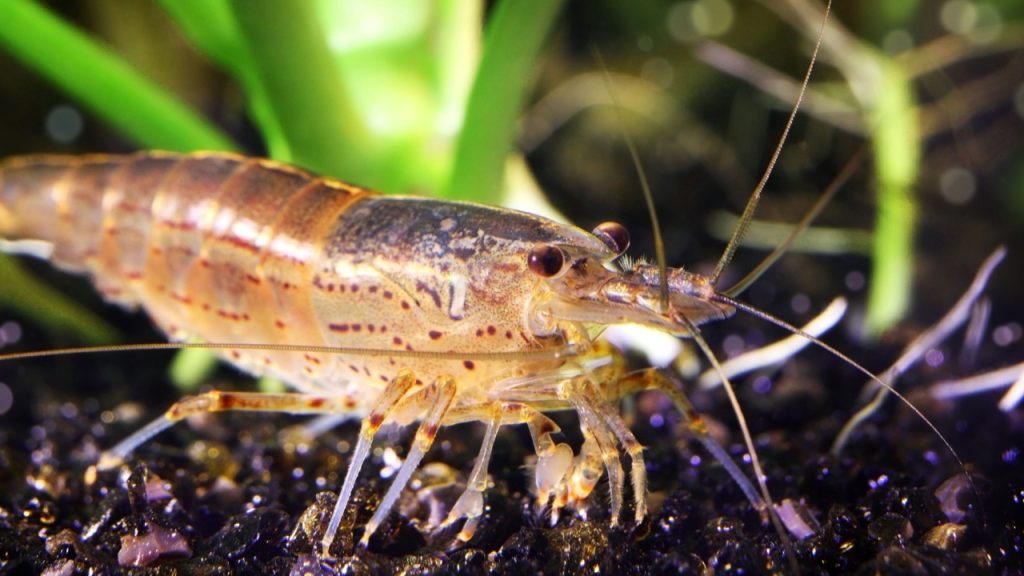
The killer shrimp is a voracious predator from the Black Sea and Caspian Sea regions. It arrived in Britain in 2010, probably in ballast water from ships. These shrimp eat a wide range of native invertebrates and small fish. They can significantly alter the ecosystems of the rivers and lakes they invade.
Spanish Bluebell
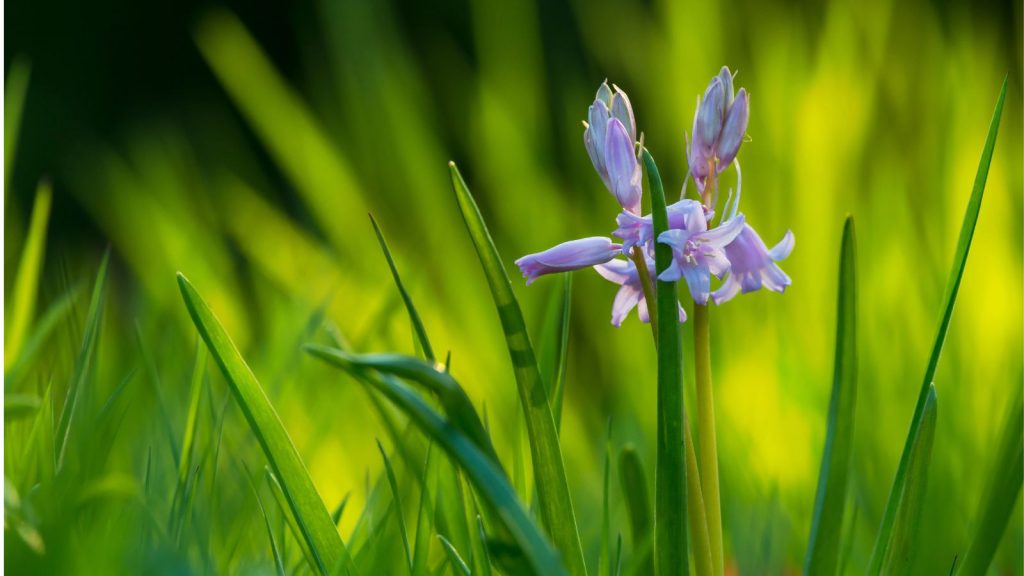
The Spanish bluebell was introduced to Britain as a garden plant. It hybridizes with the native British bluebell, threatening the genetic purity of this iconic woodland flower. Spanish bluebells are more vigorous and can outcompete the native species. Many bluebells in Britain are now hybrids.
Floating Pennywort
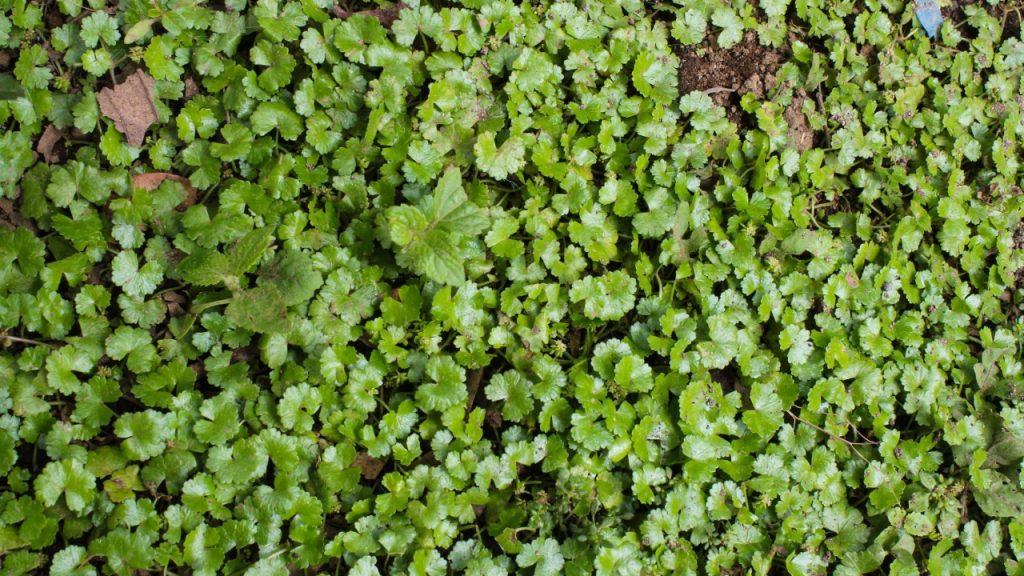
Floating pennywort is a fast-growing aquatic plant from North America. It was first found in the wild in Britain in the 1990s. This plant can double its biomass in just 3 days. It forms thick mats on water surfaces, blocking out light and reducing oxygen levels for native species.
Red-eared Terrapin
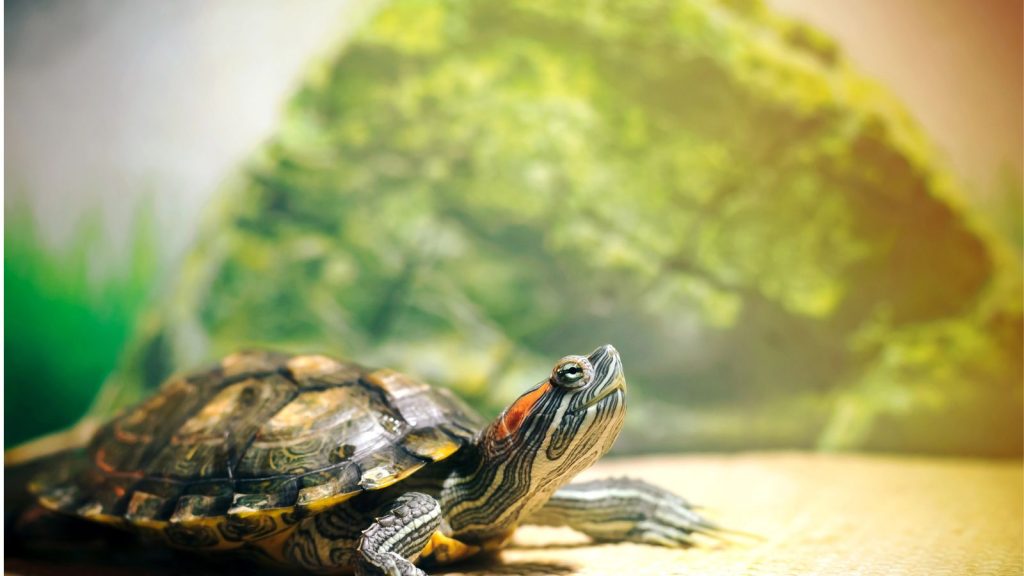
Red-eared terrapins were popular pets in the 1980s and 90s. Many were released into the wild when they grew too large. These turtles compete with native species for food and basking spots. They also eat small fish, amphibians, and invertebrates, impacting native populations.
Asian Hornet
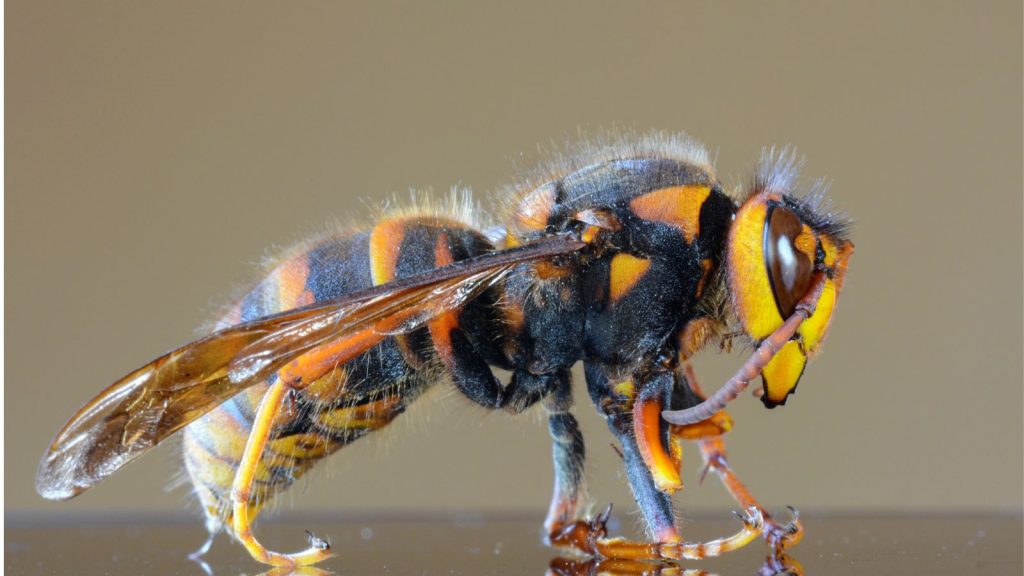
The Asian hornet arrived in Europe in 2004 and was first spotted in Britain in 2016. These hornets are voracious predators of honey bees and other insects. A single hornet can eat up to 50 bees a day. This poses a serious threat to already struggling bee populations and could impact pollination of crops and wild plants.
Katy Willis is a writer, master herbalist, master gardener, and certified canine nutritionist who has been writing since 2002. She’s finds joy in learning new and interesting things, and finds history, science, and nature endlessly fascinating.
